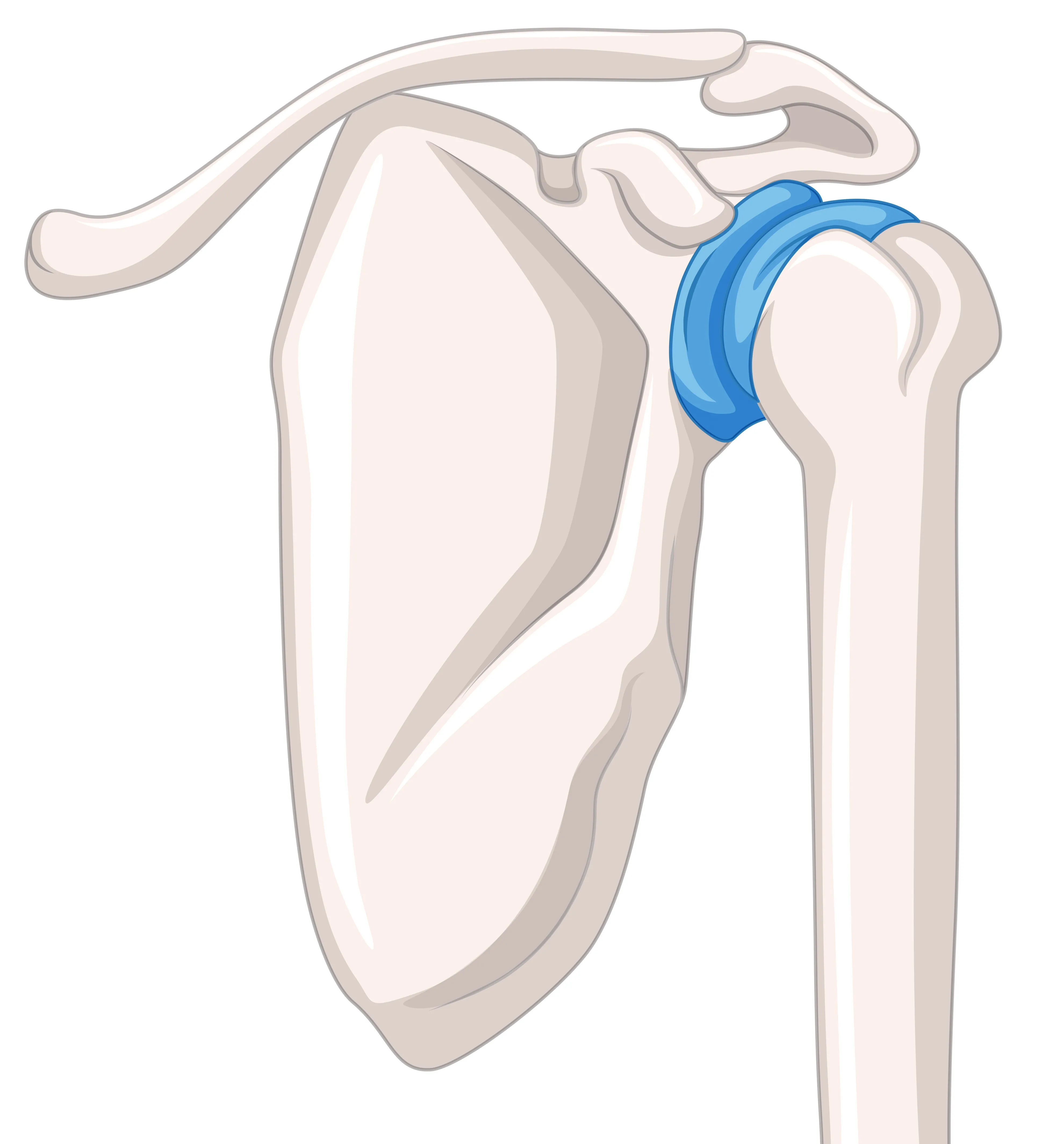

A bone fracture is a break in a bone's continuity. A high force impact or stress causes a significant proportion of bone fractures. The most commonly fractured bones in the human body are the long bones, which include:
A broken hip or femur is one of the most severe fall injuries, leading to disability and death. Tibia fractures are common, but unanticipated trauma causes painful and prolonged recovery, frequently accompanied by complications. Plate fixation, external fixation, and intramedullary nailing are currently used in the surgical treatment of long bone fractures.
Orthopedists, also called orthopedic surgeons, are the specialists that usually perform long bone fractures surgery.
It is vital to prepare for the surgery appropriately.
Surgery to repair a bone fracture can take several hours. You may be given general anesthesia to put you to sleep during the procedure, or you may be given local anesthesia to numb only the broken limb.
Outcomes and complication rates after long-bone fracture treatment are not well established and depend on various factors, including fracture type, patient comorbidities, and surgical approach. While bone fractures usually heal well with proper treatment, complications can occur, such as:
View Surgeries to book an online surgical procedure through Marham.pk or you can also call us at 042-32591427 or 0311-1222398 from 9 am - 11 pm to book an online lab test.
Cost varies depending on the type of surgery and locality.
Yes Long Bone Fractures surgery available in Pakistan?
Our qualified team get back with authentic answers!